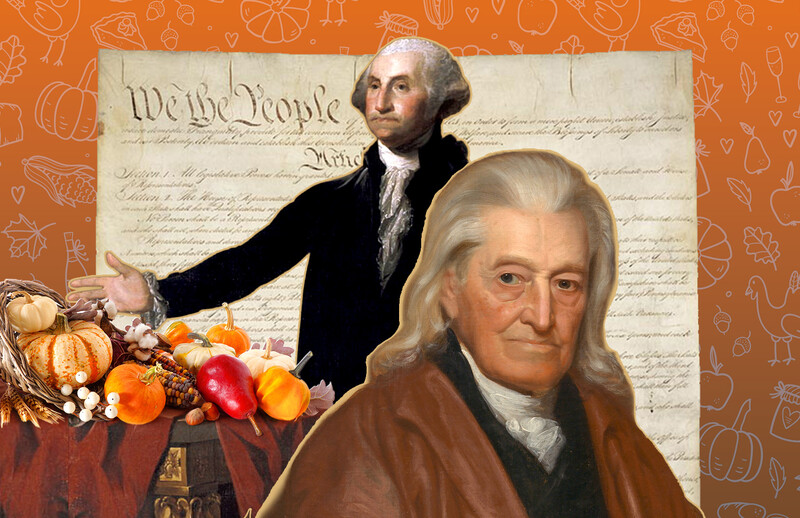“Imagine Manhattan intact from 79th to 96th Streets, but with everything else destroyed.” Robert O’Meally is describing the devastation he witnessed during a post-Katrina visit to New Orleans. Nearly as distressing to him as the numbers he saw spray-painted on wrecked homes tallying the dead is the cultural decimation.
So the Center for Jazz Studies, which O’Meally directs, cosponsored “New Orleans: Rebuilding the Musical City,” a three-day conference in January that brought New Orleans’s musicians together with architects, city planners, community activists, and scholars for a series of pungent discussions about the rebuilding process. The talk was seasoned with jam sessions, and a photography exhibit depicted New Orleans before and after the hurricane.
The sense of loss was palpable, but so was the determination to move forward, equitably. “If it’s about us and it doesn’t include us,” said New Orleans jazz singer Juanita Brooks,“then it’s not for us.”
Xavier University music professor and clarinetist Michael White described losing his entire record collection, along with his souvenir reeds signed by his city’s woodwind greats. The Reverend Dr. James A. Forbes, Jr., of New York City’s Riverside Church, incorporated in his keynote address melodious incantations, poetic rap, and even dance moves. Pronouncing Forbes “the Charlie Parker of ministers,” Brooks then almost stole the show with a dirge-like rendition of “Do You Know What It Means to Miss New Orleans?”
Conference participants emphasized that, more than being just a national gem, New Orleans is an international force of American culture. They scheduled follow- up meetings and began developing a plan to bring the topic of the city’s restoration before the United Nations. By the end of the conference, the fury and frustration at the slow pace of rebuilding had given way to hopeful, personal resolve.
— Rachel Christmas Derrick


